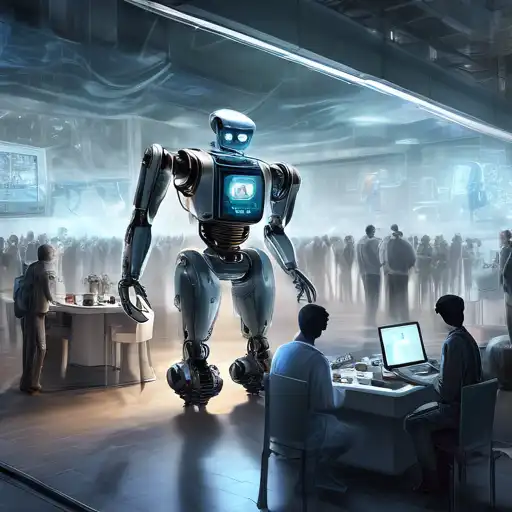The Impact of Robotics on Modern Living
In recent years, the integration of robotics into everyday life has moved from science fiction to reality. From automated vacuum cleaners to sophisticated surgical robots, the presence of robotics is becoming increasingly commonplace. This article explores the various ways robotics is transforming our daily routines, enhancing efficiency, and opening new possibilities for the future.
Everyday Applications of Robotics
Robotics technology has found its way into numerous aspects of daily life. Here are some key areas where robotics is making a significant impact:
- Home Automation: Devices like robotic vacuum cleaners and lawn mowers have made household chores easier and more efficient.
- Healthcare: Surgical robots assist in performing precise operations, reducing recovery times and improving outcomes.
- Manufacturing: Robotics in manufacturing has revolutionized production lines, increasing speed and precision while reducing costs.
- Transportation: Autonomous vehicles and drones are changing the way we think about transport and delivery services.
The Role of AI in Robotics
Artificial Intelligence (AI) plays a pivotal role in the advancement of robotics. By integrating AI, robots can learn from their environment, make decisions, and perform tasks with minimal human intervention. This synergy between AI and robotics is paving the way for more sophisticated and autonomous systems that can adapt to complex situations.
Challenges and Opportunities
Despite the benefits, the rise of robotics presents challenges, including job displacement and ethical considerations. However, it also offers opportunities for creating new jobs in robotics maintenance, programming, and AI development. The key is to balance innovation with societal impact, ensuring that the benefits of robotics are accessible to all.
Looking Ahead: The Future of Robotics
The future of robotics is bright, with ongoing advancements promising even greater integration into our lives. From personal assistant robots to advancements in AI and machine learning, the potential is limitless. As we continue to explore the possibilities, robotics will undoubtedly play a central role in shaping the future of humanity.
In conclusion, the rise of robotics in everyday life is not just changing how we perform tasks but also how we envision the future. With continuous innovation and responsible implementation, robotics can enhance our quality of life, making everyday tasks easier, safer, and more efficient. The journey of robotics is just beginning, and its full potential is yet to be realized.
